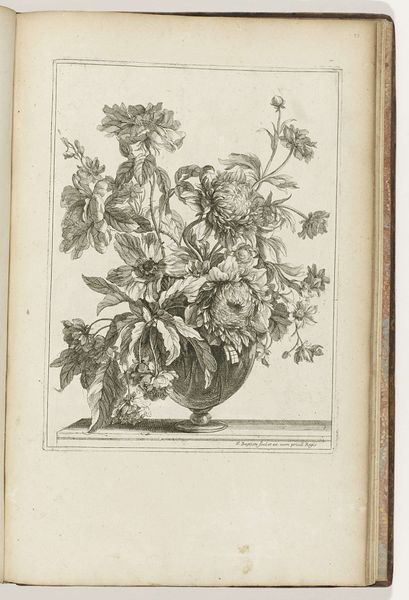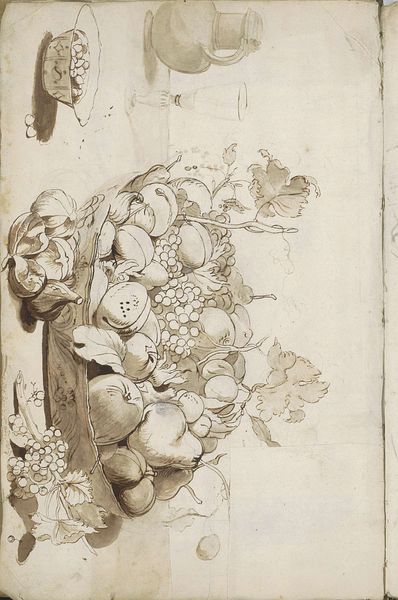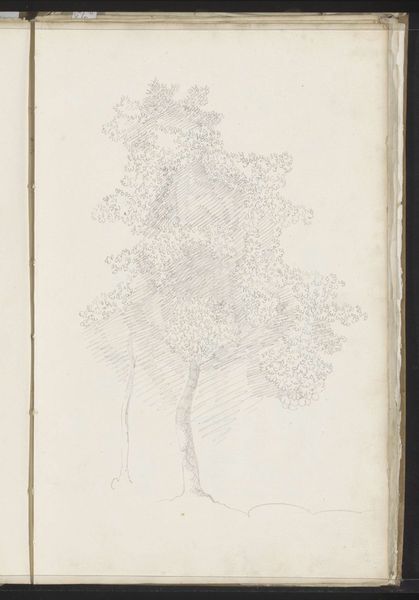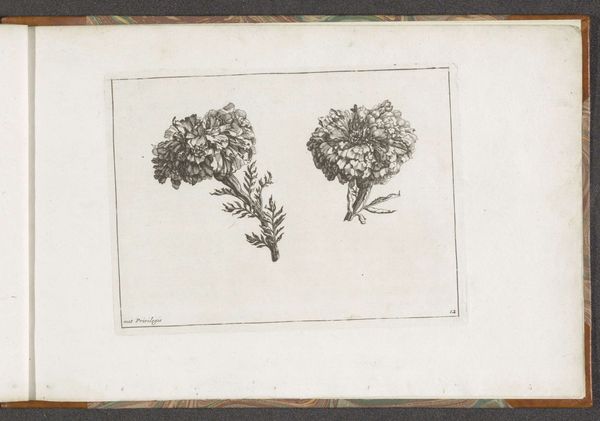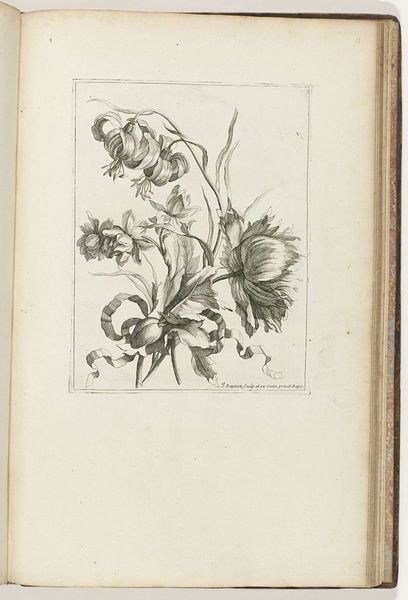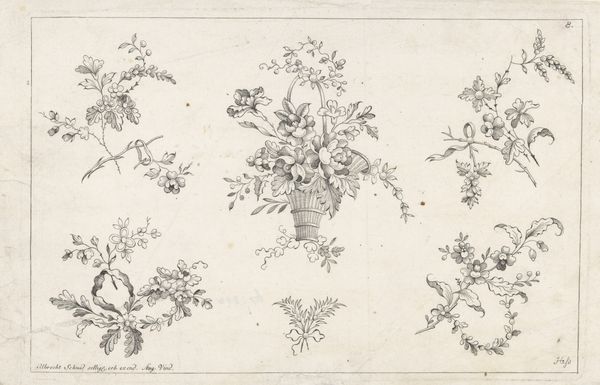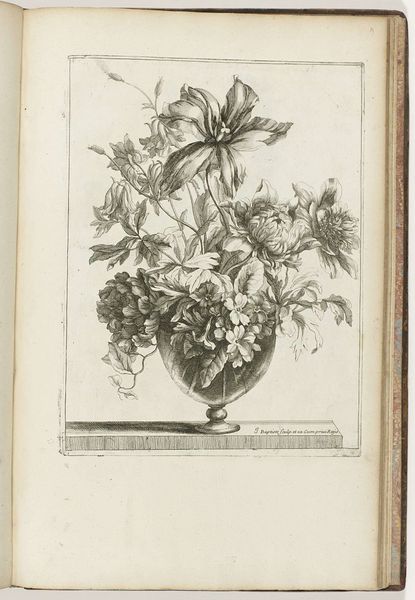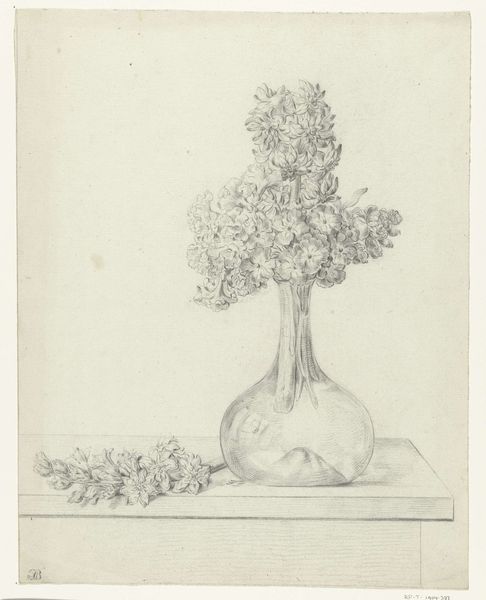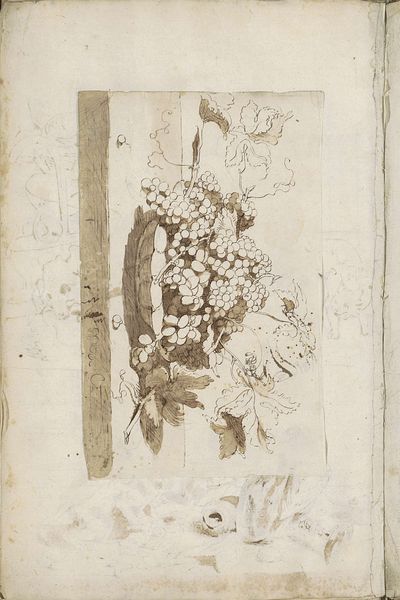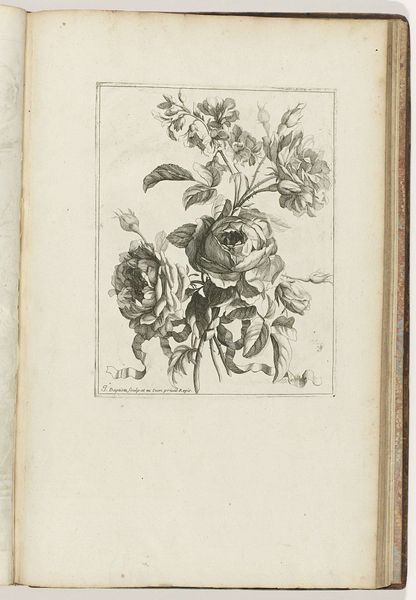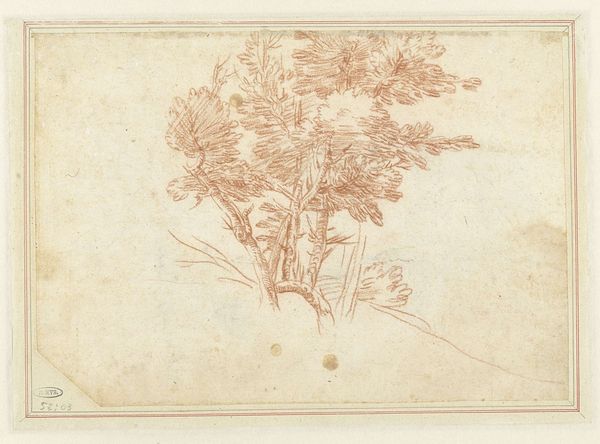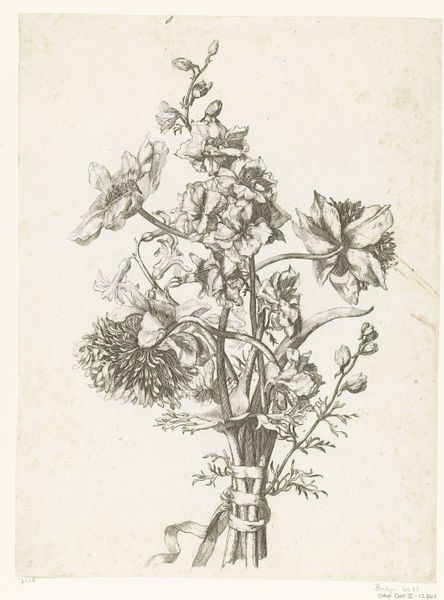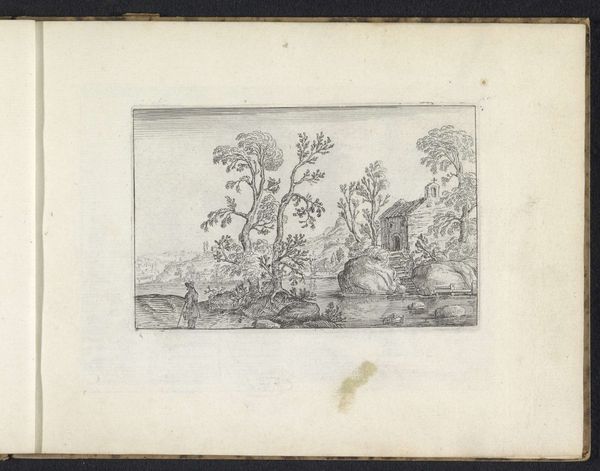
drawing, paper, ink
#
drawing
#
baroque
#
etching
#
paper
#
ink
#
line
#
realism
Copyright: Rijks Museum: Open Domain
Editor: This drawing, "Stilleven met druiven op een schaal," or Still Life with Grapes on a Dish, is attributed to Paul de Vos, made sometime between 1605 and 1678, with ink on paper. There's something really striking about its simple realism, even with the unfinished sketches around it. How should we approach an interpretation of this piece? Curator: I find the means of production compelling here. The artist's choice of drawing – ink on paper – and the still life genre point to an engagement with material culture and consumption. Consider the availability of paper and ink at this time. Was the artist examining luxury, class or the ready availability of these items to only a certain segment of the populace? Editor: I never thought about art supplies as status symbols. The grapes themselves are definitely a symbol of wealth and abundance. Curator: Exactly. Think about who consumed such images and who had access to the fruit itself. Etchings like these were often reproduced, entering the domestic sphere of a rising merchant class. What stories did they tell about prosperity and control of nature? Was there an overt or subtle moral attached to abundance? Editor: That’s a really interesting point. So, it’s not just about appreciating the grapes, but about understanding how this image circulated and what messages it conveyed within a specific social context? Almost an early advertisement, but of a lifestyle rather than just a product? Curator: Precisely. De Vos isn't just depicting grapes; he's documenting a complex interplay between materials, class aspiration, and the burgeoning visual culture of the Dutch Golden Age. Editor: Wow, I see it completely differently now! It's not just a pretty drawing of grapes; it's a window into the social and economic fabric of the time. Curator: And it forces us to consider art not in a vacuum, but as a product of its material conditions.
Comments
No comments
Be the first to comment and join the conversation on the ultimate creative platform.
